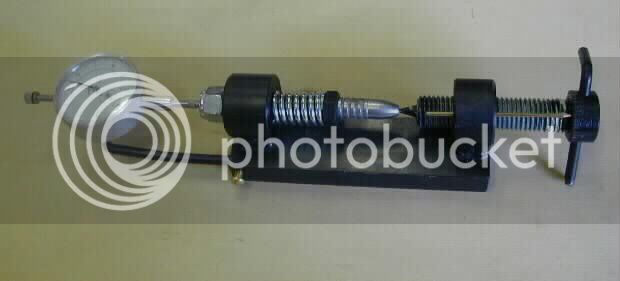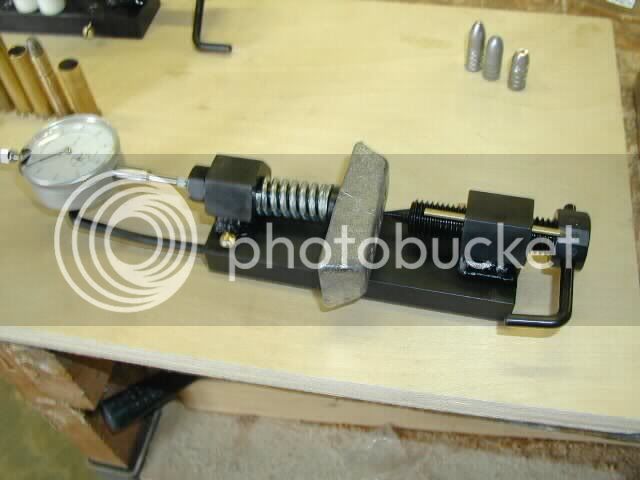I have been casting for a while and have made a lot of mistakes maybe you can learn from mine.
atm1268 said:
I am new to the whole casting thing. I just finished my first riffle kit and am working on casting .530 round balls
I have read a bunch of posts and have a few questions.
I do plan on using recycled lead and have lots of great ideas where to find it. I see people talking about flux to remove impurities, can anyone name a product and a source for flux?
A lot of stuff can be used to flux. Motor oil, bees wax, sawdust. I use wax, and sawdust for the main smelting. after I get my ingots as clean as I can, I only stir with a dry stick when I am pouring bullets. Every so often I stir the pot well and scrape the bottom and sides with the stick, then I skim off the crud.
atm1268 said:
I see some folks have large blocks/ingots of lead, Are these purchased direct from manufactures?
large blocks or ingots are hard to work with and I don't like them. They come from a lot of sorces too many to name.
atm1268 said:
When folks talk about pure lead, how pure is pure, 98%, 99%?
Soft lead is descriptive, but how does this fit into purity %?
Pure lead has a hardness of about 5 BHN I think it is about 99% or better. You can make bullets and balls out of about any lead. Pure is not required, but. Hard lead like Wheel Weights, lead shot, dental lead are different levels of hard. When the lead gets harder, the bullets and balls go down HARDER! Yes you can change your patches for PRB's and make the hard lead work. Hard lead conicals have to be sized most of the time to get them down the barrel.
If you want the most out of your bullets or balls you need lead that is the same BHN or hardness. The harder the lead the lighter it is. The softer the lead the heavier it is. So if you are sighted in for heavy soft lead and you shoot light hard lead the bullets will hit a different place. Also I have seen that if I use hard lead I have to clean between each shot or my groups are bad.
atm1268 said:
Has anyone purchased lead from a source on E-bay? It looks good but the prices seem high.?
I got some lead from ebay, and it was less expensive than pure virgin lead, or so I thought. When I got the lead I made some bullets and they were SUPER HARD! They were so hard I had to pound my conicals down the barrel. I got some more lead from other places and again it was hard. I ended up getting a hardness tester. I got a "Cabbin tree lead hardness tester". The lead I got from ebay was 22 BHN. I contacted the seller of the "pure" lead. He got the lead from smelted down car batterys, and that is another discussion all together. The scrounged lead, and the ebay lead was all stuff I will probably never use. So in my opinion it was VERY EXPENSIVE! I started to buy only pure virgin lead. I got mine from a company called "Rotometal". They have pure lead, and alloyed lead. it costs about 2 dollars a pound but it is comming down. The thing I like about the virgin lead is, it is the same every time. My conicals are now as perfect as I can get them. I weigh each bullet and every bullet I keep is + or - .3 grains. I can get as picky as I want. In fact I enjoy making bullets as much as I do shooting. Making the perfect bullets is relaxing for me.
This is what the cabbin tree tester looks like.
atm1268 said:
Any general knowledge, links, and named product or sources you are using would be a big help.
Thanks
Good luck, Ron






